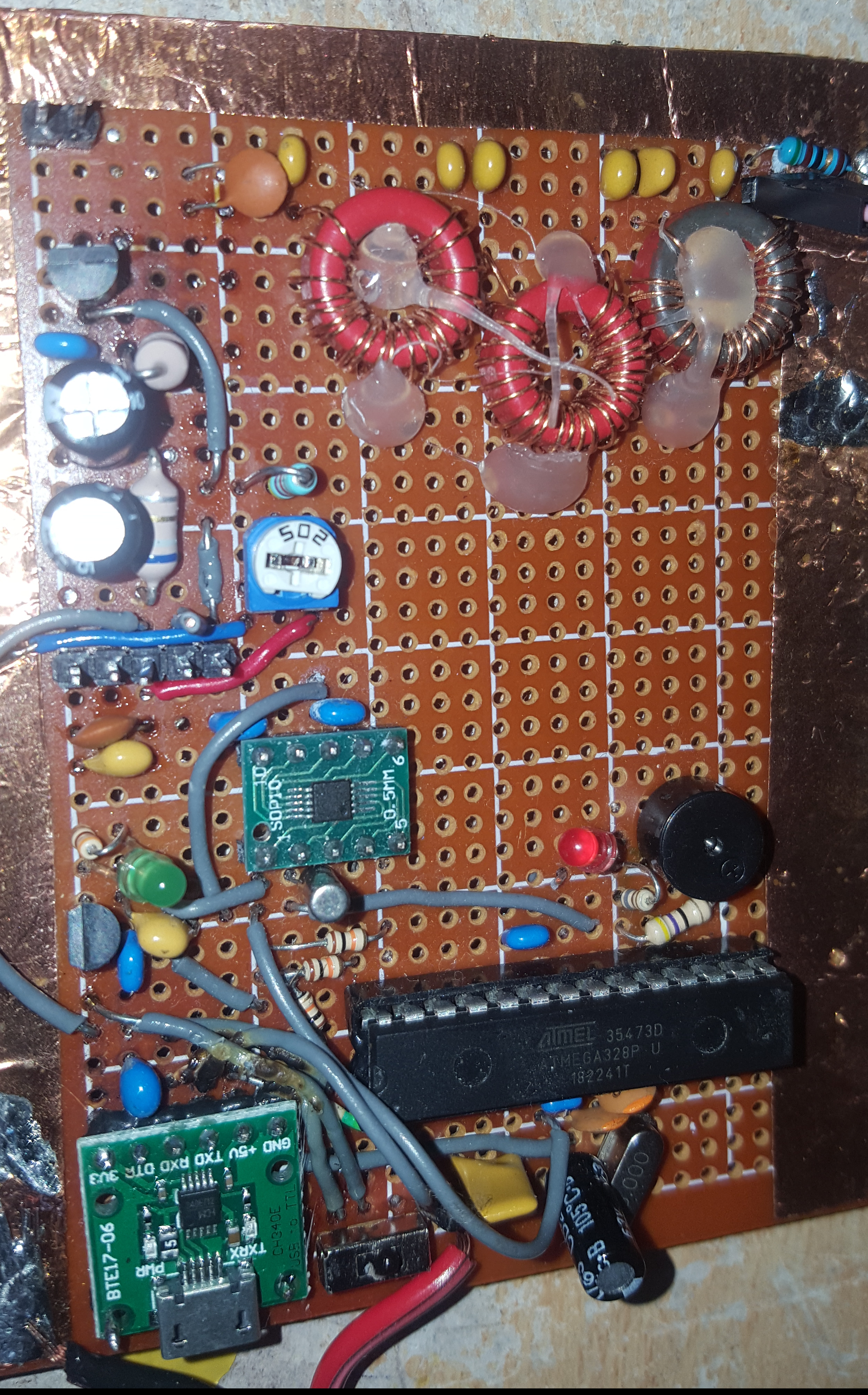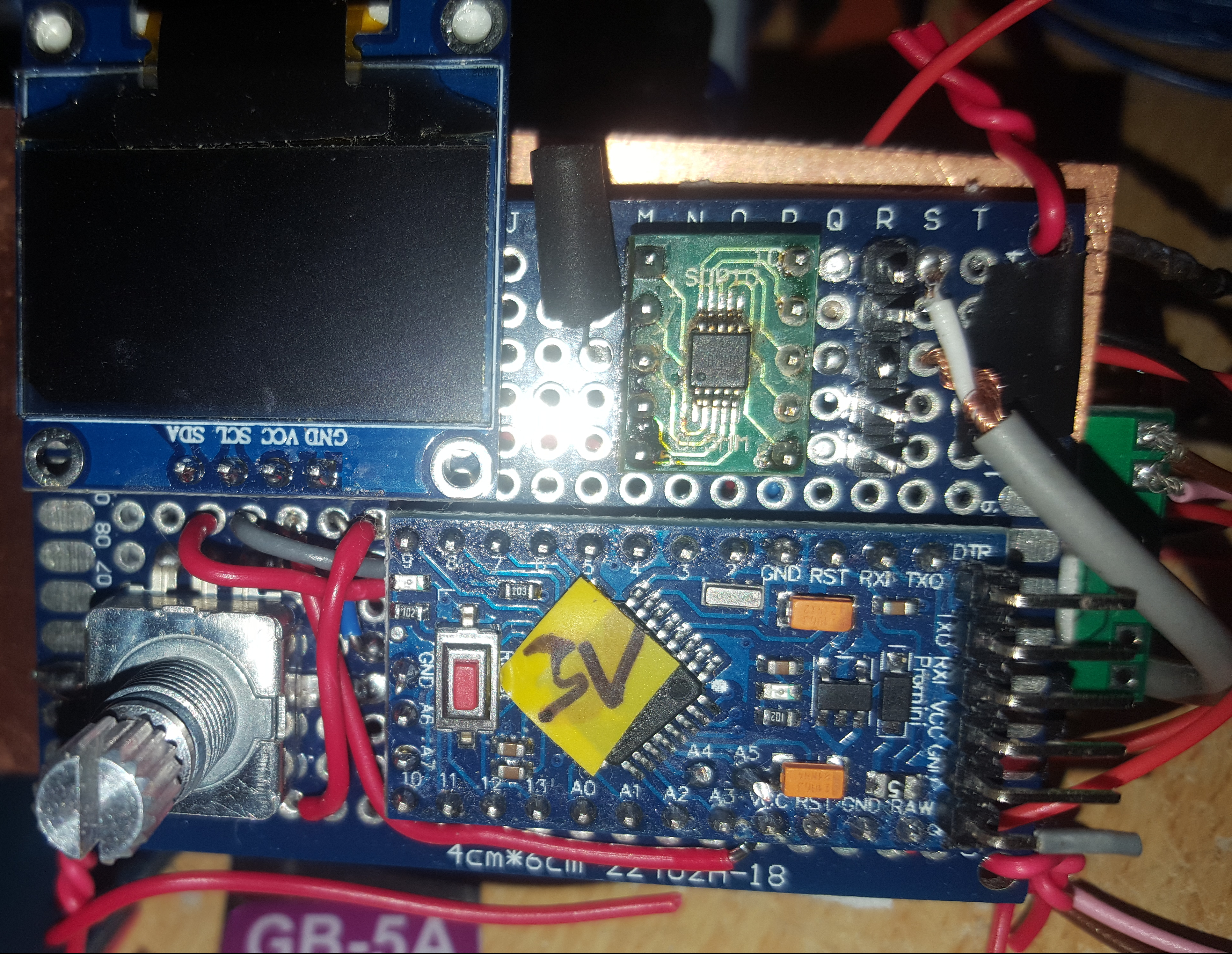The next Multi-Tx direction finding competition in Essex and Suffolk will be on Sunday 28 April 2024. Details on Roy’s site.
Multi Tx DF Event, Ipswich, Sunday June 12th 2022
I enjoyed hosting the multi Tx Radio Direction Finding event at Bridge Wood, near the Orwell Bridge, Ipswich on Sunday 12 June. Full write up on Roy G4JAC’s site.
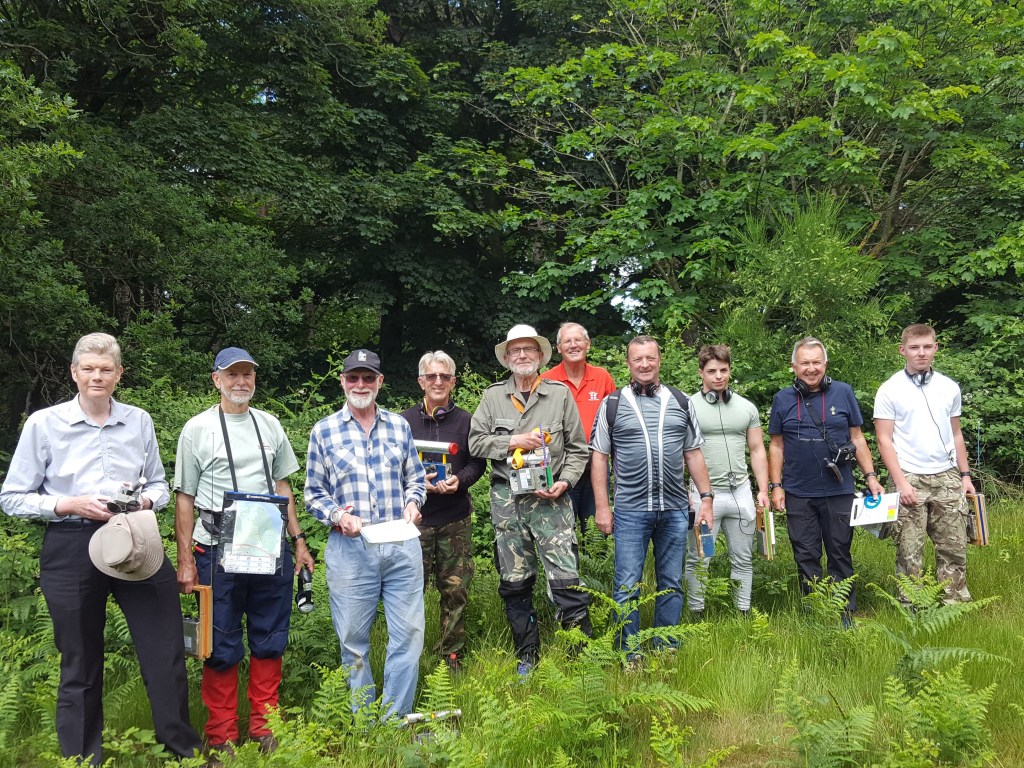
The next event will be Sunday 9th October 2022. Details on Roy’s site.
Newcomers welcome but you must get in contact with Roy, G4JAC at least a week in advance.
Homebrew ARDF receiver: It works!
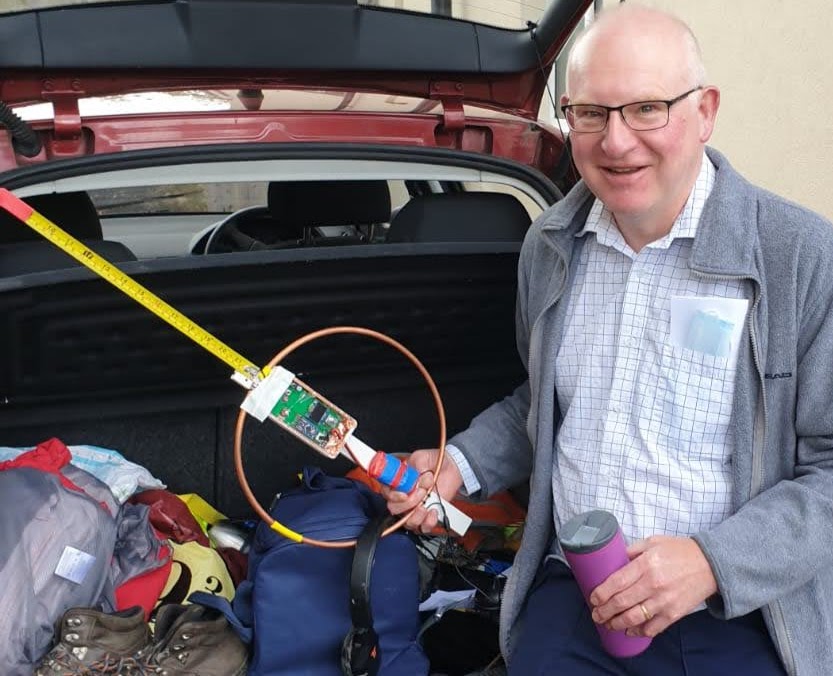
I’ve been enjoying topband ARDF competitions organised by Roy, G4JAC and friends for more than a year in between lockdowns. At yesterday’s event I decided to risk using my own radio instead of borrowing one of G4JAC’s proven models. I say “risk” for two reasons:
1. I wasn’t sure if it was sensitive enough- I tested it in my back garden and a field using a homemade test transmitter but I was unsure how effective my transmitter was compared with those used in the competition.
2. My prototype was unboxed and unprotected from the elements and brambles.
The sensitivity question was answered from the car park just before competition. Roy had helpfully installed a transmitter to guide us to the starting point and allow us to check our radios. If I could hear that transmitter from the cra park I should be able to hear the transmitters in the competition. I tuned the radio to 1.960 MHz, turned up the gain (all controlled using an arduino with rotary encoder) and heard a distinct tone followed by … in morse. Success!
I’m on my third iteration, the first model was built ugly style using 2N3904 BJTs in a Cascode configuration, the second dual gate MOSFETs and the third used surface mount BJTs again. All are single conversion superhets, with 10MHz IF filter using cheap microprocessor crystals. In the test from the car park I found the MOSFET one worked better so I used that for the competition.
ARDF Loop Aerial
8mm Copper tube. 8 core alarm cable. 2 cores soldered together make a loop with inductance measured at 14.2uH. To resonate at 1.93MHz needs 479pF. I used 47opF with 30pF trimmer.

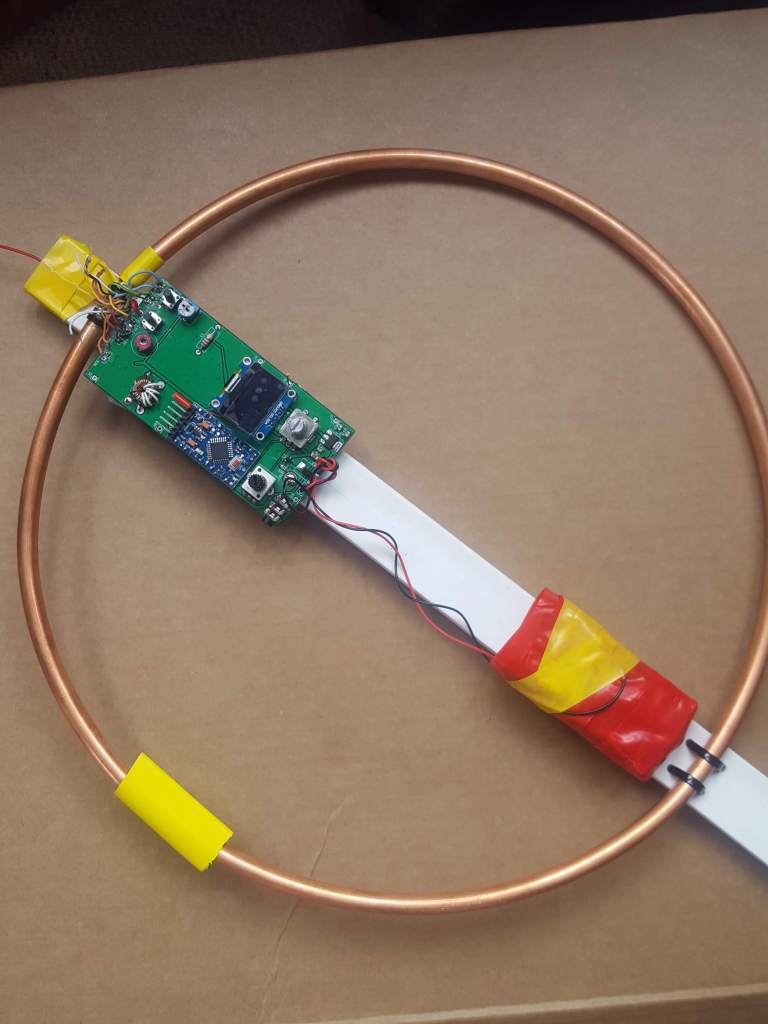
DMR Hotspot using GM340 and MMDVM board
I built this hotspot using surplus PMR mobile, a POG MMDVM card and a raspberry pi.
Thanks to LicesterDMR for the info on how to wire the GM340.
- Obtaining a suitable radio.
I expect many Private Mobile Radios (PMR) could be used but the Motorola GM340 seems most popular probably because it has an external accessory socket which uses standard 0.1 inch pitch pins. At a push you can use individual “dupont wires”. Currently in the UK the VHF GM340 suitable for use on 2m is available on ebay for around £30 plus carriage. The UHF version is harder to find and therefore more expensive.
I built an interface cable to program the radio as described by M1GEO.
Program the radio. - Obtain an MMDVM card.
There are many versions but the one I used is the MMDVM POG board. The circuit diagram and PCB details are available on github. I bought the board ready assembled, with the firmware already loaded complete with 10 pin socket to connect to the radio for £21 from ebay.
3. Configure PiStar


APRS on Baofeng DM1702
- Configure the radio using CPS
- Download CPS version that supports APRS -this is not an official source -you do so at your own risk.
- Run the CPS software, read the current config from your radio then select General Settings- Parameter: Check the APRS box and set the APRS parameters as shown. I’m using the Ireland Brandmiester APRS service on 272999 others are available but I haven’t tried them.



- Configure APRS parameters using Brandmeister self care.
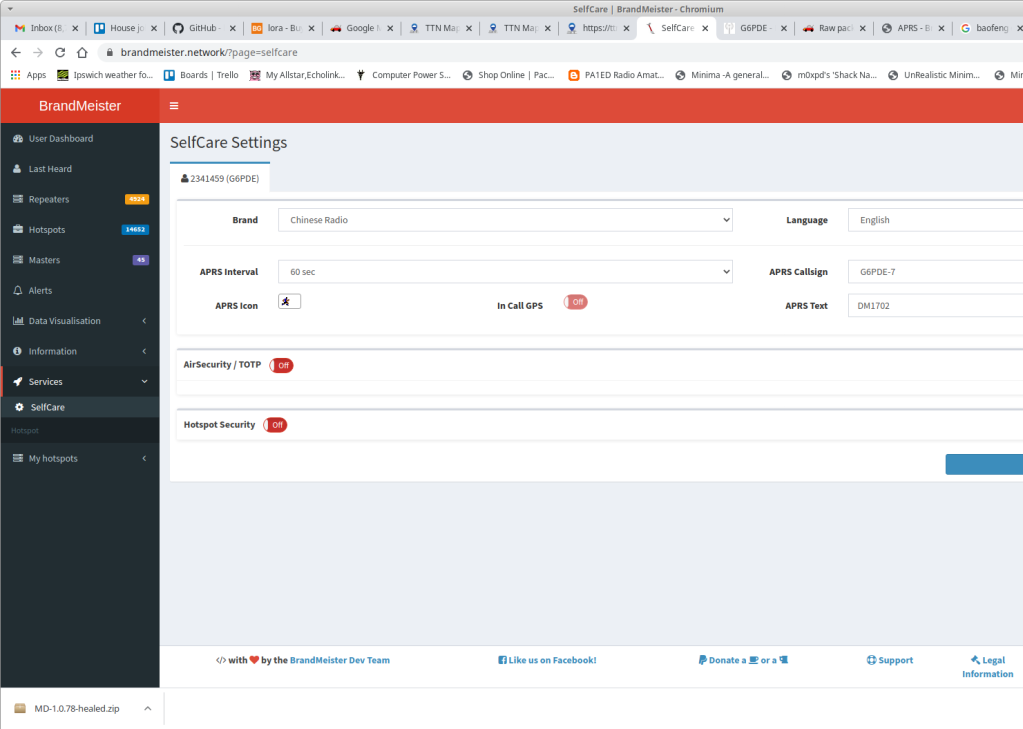
Phoenix repeaters can also forward to APRSIS. In this case there is no self cre config simply set the APRS target ID to one of the following:
5050 = without SSID
5055 = House QTH
5056 = Camping
5057 = walking with handheld radio
5058 = boat
5059 = car
Unfortunately I haven’t found a way to configure APRS on a per channel or per zone basis.
ARDF Receiver Background
Many years ago I enjoyed taking part in radio direction finding competitions on 2m run once year by local clubs. These rarely run now and even if they did I would not take part as they involved travelling around by motor car which is wasteful and I don’t like driving. I was aware from RadCom that radio orienteering competition took place nationally and internationally but these look like they are for serious athletes and besides I didn’t want to drive or even fly to take part. Fortunately thanks to Roy G4JAC attending Suffolk RED I discovered that Goldilocks style there was an RDF activity just right for me.
I now also had reason to build my own receiver. I wanted it to be as simple as possible but perform well enough to use in competition. I found few designs for 160m DF Receivers and several more for 80m.
80m DC Receivers:
G3ZOI ROX-80 Simple design with varicap diode and polycon capacitor tuning options.
WB6BYU Dale Hunt’s beautifully simple design using commonly available cheap components.
These DC receivers did not have enough gain for the low power transmitters used in the multiDX competition and I suspected they would not have sufficient selectivity especially if I just added more gain so I looked at superhet designs below:
VK3YNG Single conversion superhet using BF904 dual gate MOSFETs and SA612 as a mixer and product detector.
LZ1PPL Similar approach to VK3YNG but using an SI5351a for VFO.
DF1FO Nick Roethe’s Rolls Royce design made commercially by Rig Expert and seems very popular in European competitions I’ve seen in youtube videos.
The US based site Homing In has many links and info.
My prototypes
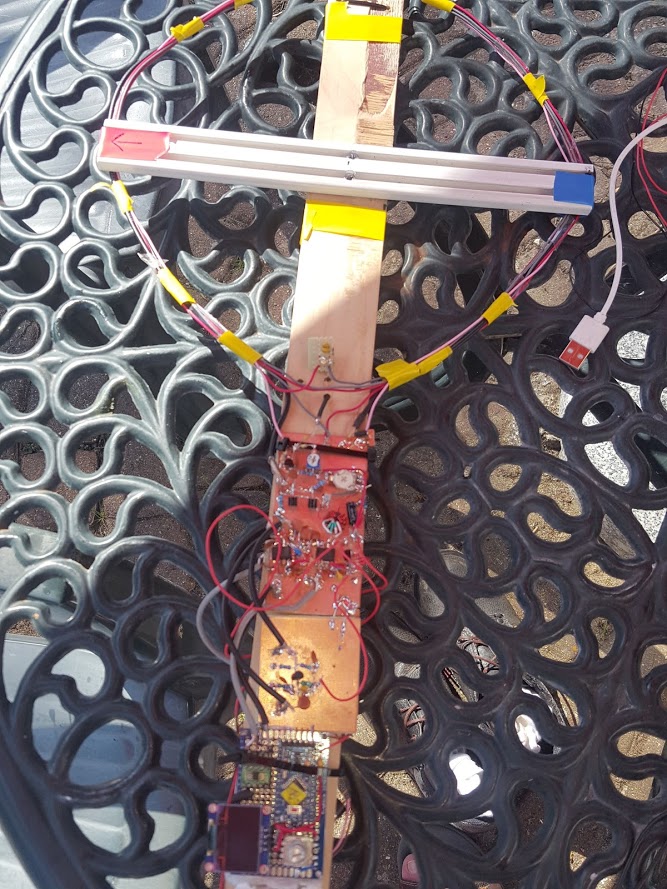
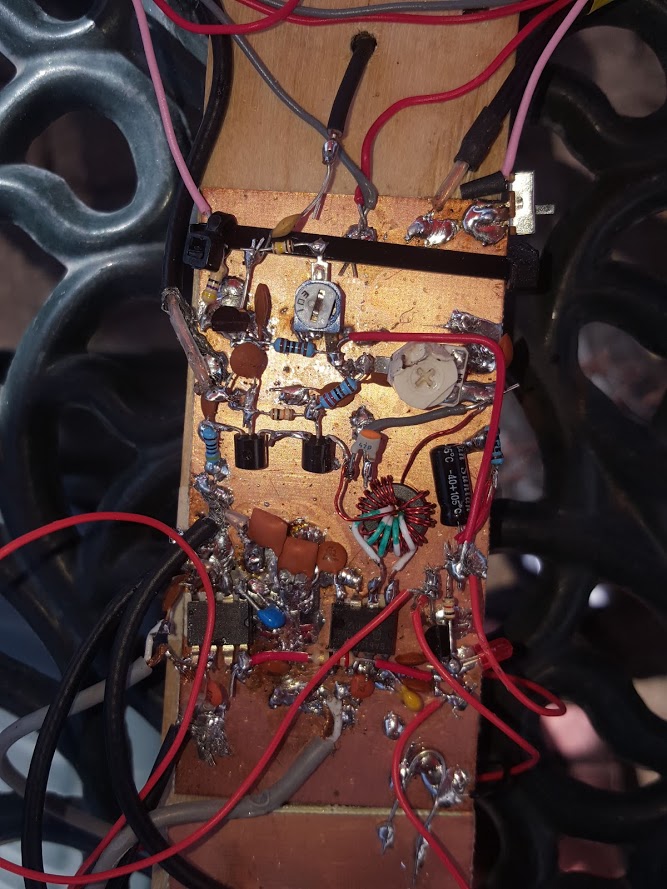
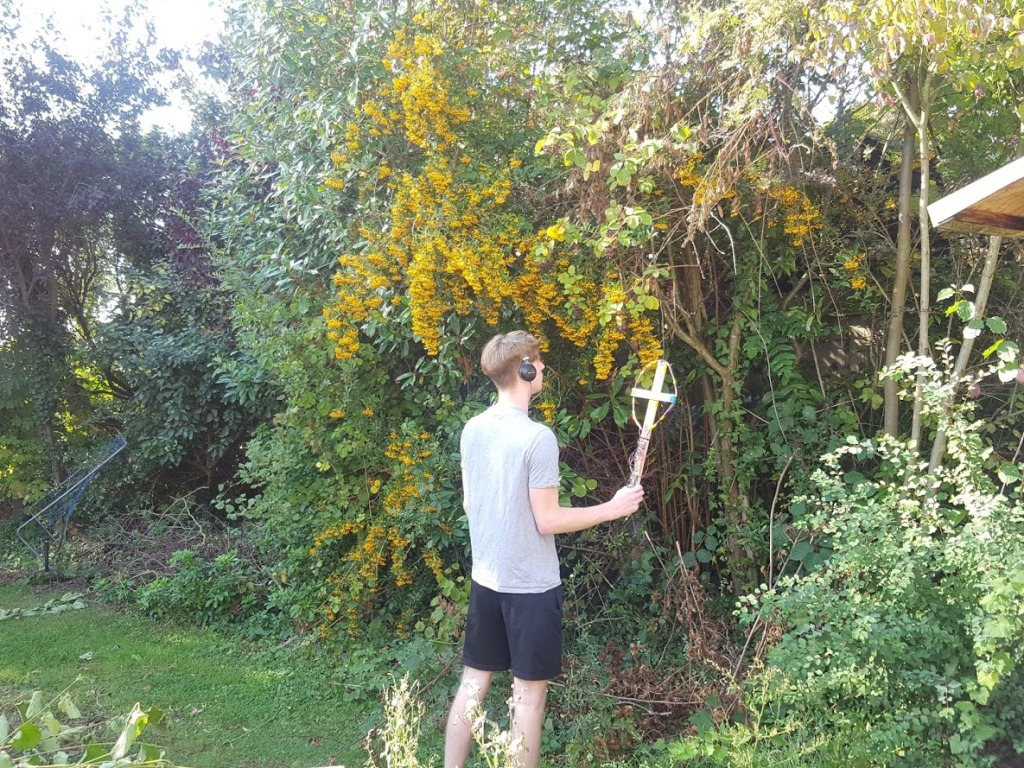

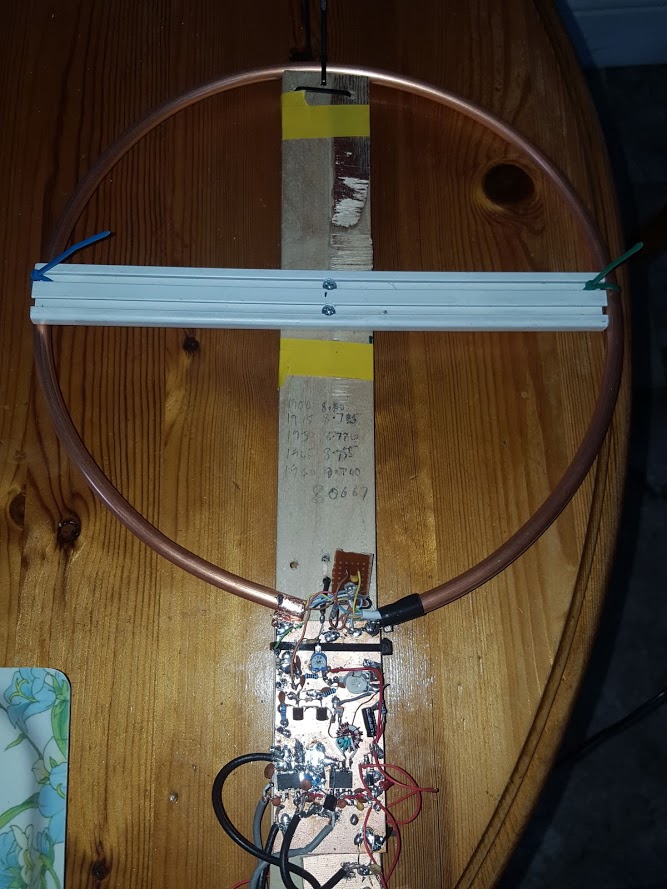
KiCAD Spice modelling transformers
- In KiCAD EESchema place suitable symbol. Note the pin numbers for use in the subcircuit model.
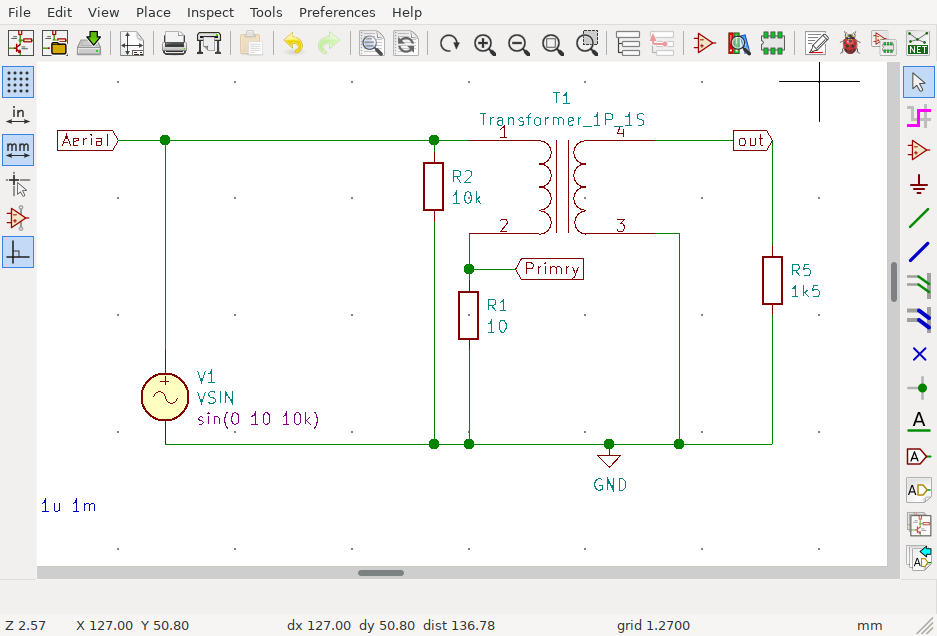
2. In a text editor create a SPICE model like this:
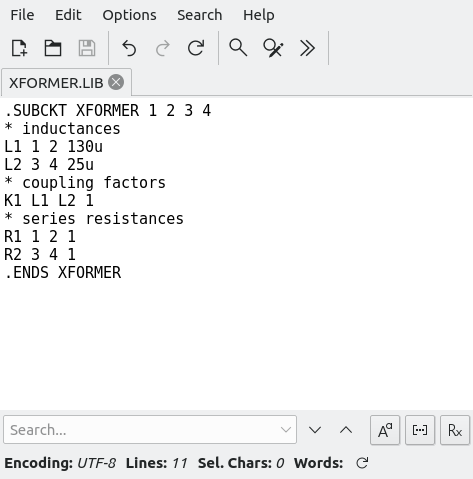
L1 1 2 130u means an inductor of 130 uH between pins 1 and 2. The turns ratio is the square of the inductance ratio of the coils. K1 is the coupling f actor shown here as 1 being perfect. See this LT Spice article. The series resistance did not have the expected behaviour so I removed them.
3. Double click on the symbol and enter the properties as shown in the picture below.
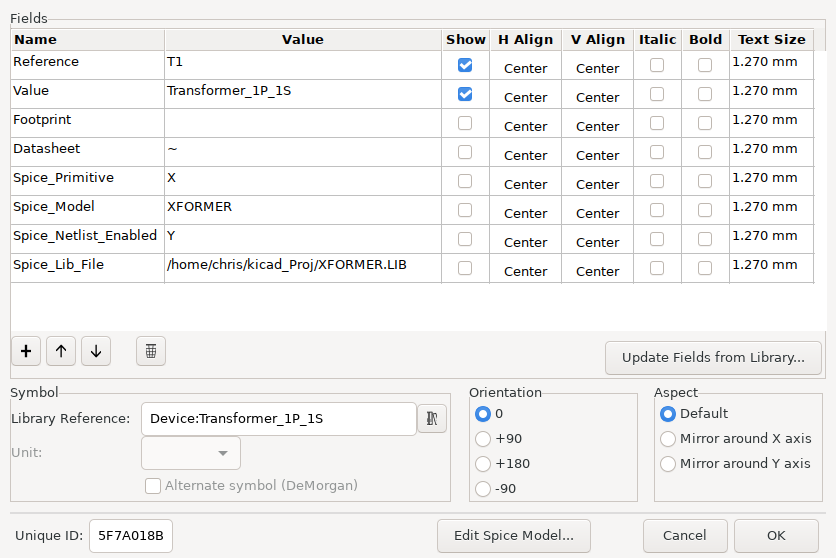
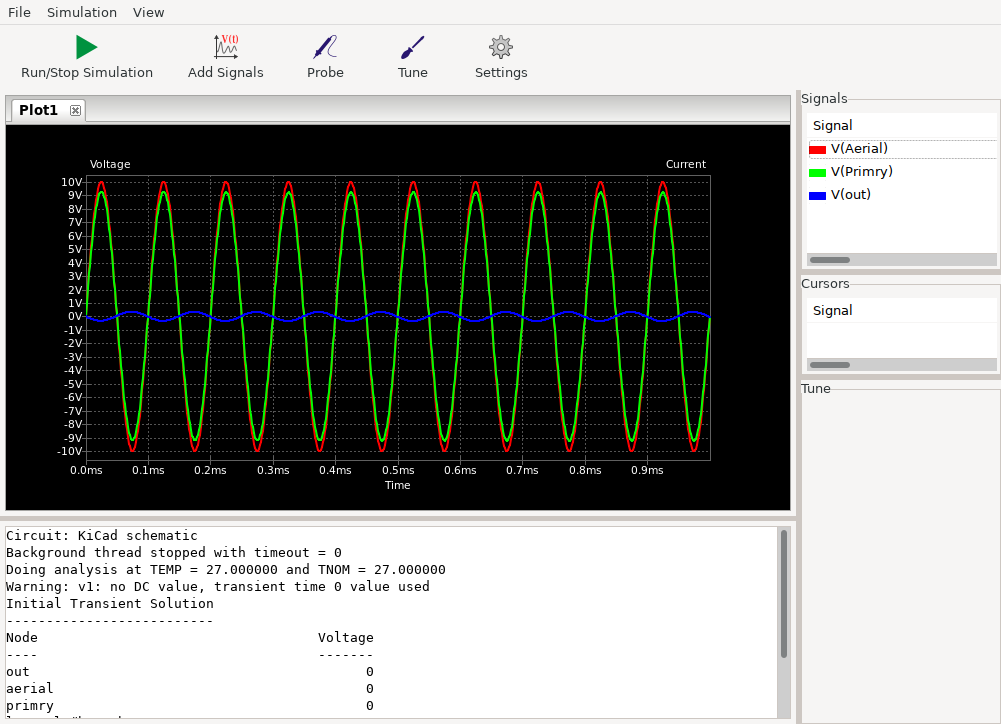
Radio Direction Finding fun in Suffolk Sunday 20th September
The next multiTx Radio Direction Finding event is due to be held on Sunday 20th September at Upper Hollesley Common. This is a great fun opportunity to combine playing with radios with gentle exercise in fresh air. No previous experience or equipment is necessary. More details and contact information .
If you do want to take part please let the organiser know as soon as possible (contact info on website) so he can reserve a receiver for you.
Si5351a Clock generator
